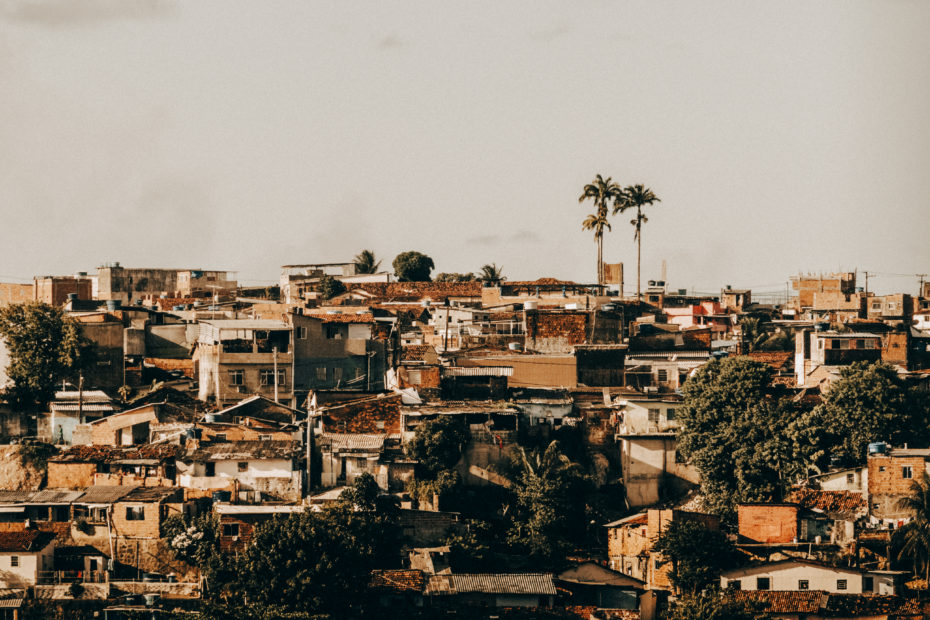Cambodia’s thriving industry of orphanage tourism is a shining example of the devastating child exploitation resulting from Western savior complex desires. Orphanage tours are excursions where visitors pay to spend a short period playing with children in orphanage facilities. These trips are popular in areas where tourists come in with the expectation of observing an underdeveloped community and are especially prevalent in South Asia and Africa.
The patrons of these tours, who are usually from wealthier Western countries, want to see the underdevelopment and “simpler” ways they associate with authentic Cambodian life.
In response to these perceptions, many unnecessary orphanages have opened in Cambodia with the sole purpose of attracting tourists. Forbes reported that Cambodia saw a 75 percent increase in number of orphanages as foreign tourism increased by 250 percent between 2005 and 2013.
Orphanage developers fill up their facilities by promising impoverished parents better education and living conditions for their kids. According to a study by Lumos, 80 percent of children in orphanages have one living parent or close relative. Unfortunately, the lack of governmental oversight and focus on profits lead to organizers keeping children in substandard living conditions to increase pity donations. The extreme conditions were first called to attention in a 2012 Al Jareeza investigative journalism segment into Cambodia orphanages. Children were perpetually on break as they needed to be available for whenever tourists arrived and there was minimal supervision. The journalists walked in and were told that they could start teaching immediately without any training. Further research indicated that a particularly egregious orphanage had made $3 million in profit in 2010 with two directors being paid a combined $1 million while the facility lacked mattresses and had uncovered sewers. And most terrifyingly, despite Cambodia’s growing problem with attracting child predators, the reporters were allowed to drive away from the orphanage with three orphans without any screening or supervision. The lack of structured enrichment and care for physical wellbeing highlights clear disregard for the children’s safety and future.
Well-meaning tourists feel the wealth disparity between them and the orphanage children and want to “save” the inhabitants from poverty by donating to the orphanage or sponsoring a child. These financial gains fuel the operations of the exploitative service, and inhabitants grow to associate their worth with the number of donations they receive, spurring confidence issues and inequality. The lopsided transactions warp their view of their national identity as they learn that their worth and wellbeing is dependent on Westerners. Unhealthy attachment to volunteers is heightened by their perception of individual tourists as parental figures because of their attention. But all volunteers eventually leave, and the continuous cycle of forming bonds with people who abandon them exasperates attachment disorders.
According to a 2005 USAID survey, 240 of the 260 orphanages in Cambodia are privately owned. The reliance on donations means that it is in the orphanage developer’s best interest to make the tourists feel that they are making a difference with their donations. This practice entrenches the idea that money can solve problems without consistent and genuine communication among foreign visitors. The same mindset bleeds into other forms of international development and causes rampant ignorance and disregard for local customs, leading to economic disruption and political instability. Orphanage tours also confirm tourists’ bias that the country is struggling (even if it is improving) and reinforce the narrative of developed countries saving peripheral countries. Furthermore, when these tourists return to their home countries, they post photos of themselves surrounded by a crowd of smiling children. The posts signal to their friends and followers that orphanage tours are desirable activities that they could also partake in, increasing demand and fueling the exploitation of children in peripheral countries.
When Covid-19 stopped these orphanages’ primary source of income, many children returned home. The UN agrees that students are better off living with family than in an orphanage, and the best form of aid is to make sure they stay home. One way to support this initiative is to donate to family reunification programs such as Kidsave and Child’s i Foundation, which help orphanage inhabitants transition home and provide sustainable social services. As long as there is demand for these tours, the orphanages will exist. The next time you’re on vacation, please consider experiencing the culture through food excursions and scenic tours instead of orphanage visits. That way, you can still enjoy what the country has to offer without directly contributing to the exploitation of children.
International volunteering and development is built on the good intentions of millions of volunteers. However, exceptional agendas and historically-rooted white saviorism easily lead projects astray to the detriment of local populations. It is imperative for all volunteers to be mindful of their actions at the self and structural level to ensure that we are all doing what is truly beneficial for the communities we are working with rather than satisfying our own needs.
- College Football, Ariana Grande, and Water - September 3, 2023
- Livestock and Land Use: How Are We Feeding The Planet? Impactfull April 2022 - April 19, 2022
- What Does Voluntourism Look Like? A Case Study in a Cambodian Orphanage - March 28, 2022
